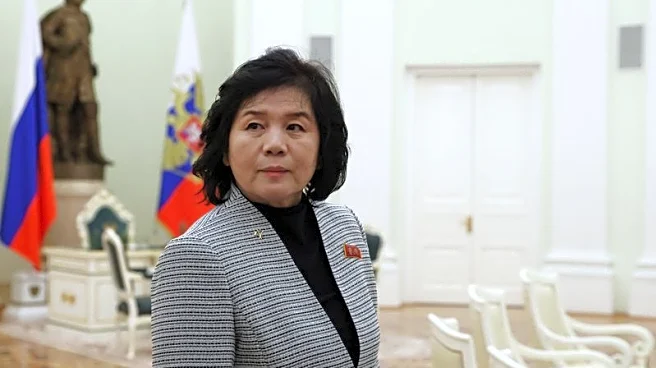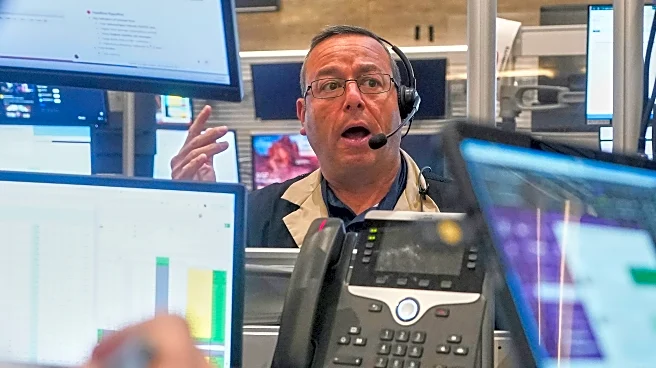What is the story about?
What's Happening?
The United Nations has identified a global crisis in teacher shortages, as highlighted at the World Summit on Teachers in Santiago, Chile. A new report estimates that over 44 million primary and secondary educators will need to be recruited by 2030 to meet demand and replace those leaving the profession. The attrition rate for primary teachers has nearly doubled since 2015, with many leaving due to low pay, heavy workloads, and lack of professional development. The U.S. faces similar challenges, with teachers working significantly more hours than their international counterparts and experiencing a larger pay gap compared to other professions.
Why It's Important?
Teacher shortages have far-reaching implications for education systems worldwide, affecting the quality of education and student outcomes. The crisis highlights the need for increased investment in teacher recruitment, retention, and professional development. Addressing these issues is crucial for ensuring that education systems can meet the demands of the future and provide equitable learning opportunities for all students. The U.S., with its younger teaching force, may face particular challenges in retaining early-career teachers, impacting the long-term stability of its education workforce.
What's Next?
UNESCO has called for stable financial support and professional training for teachers to address the crisis. Countries like Australia and China are implementing measures to attract and retain teachers, such as student loan reductions and salary increases. These initiatives could serve as models for other nations facing similar challenges. The success of these efforts will depend on sustained investment and policy support to elevate the status of the teaching profession.
AI Generated Content
Do you find this article useful?
















